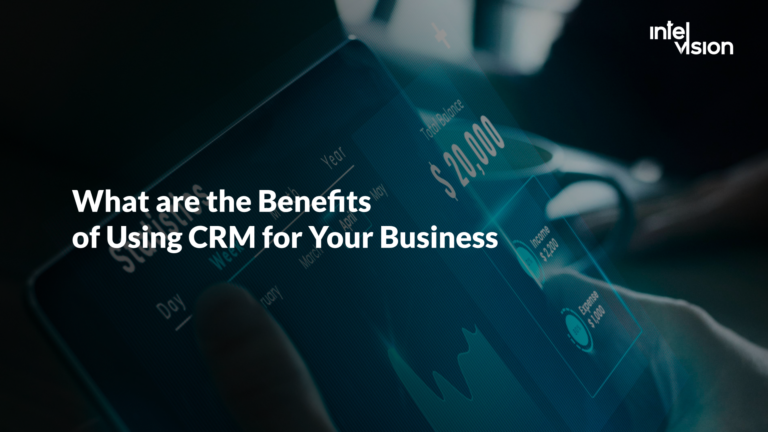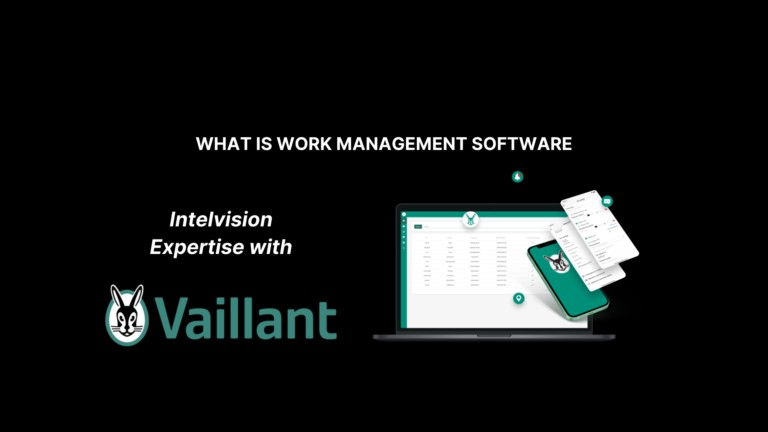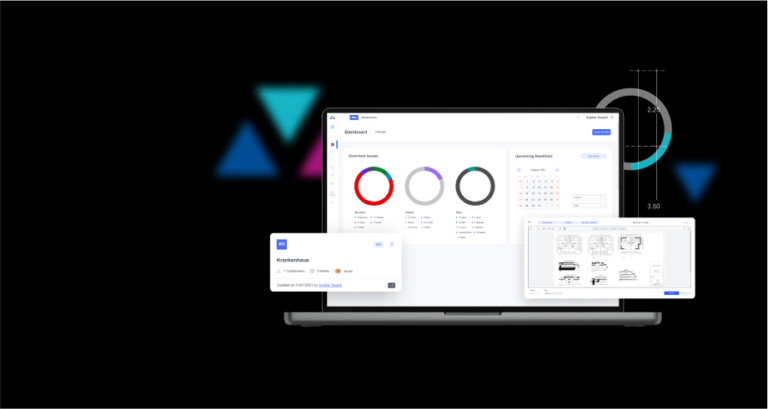
Partner Relationship Management Guide: All You Need to Know
Nowadays, the management of their most valuable assets—customers, partners, and information about them—is critically important for companies in the retail, wholesale, and distribution industries.
The implementation of customer relationship management (CRM) and partner relationship management (PRM) systems ensures the optimization of the processes of collecting and interpreting data about the behavior and preferences of customers. The results of the analysis are the basis for making the right management decisions in expanding the range of services offered, creating new distribution channels, and improving the quality of service.
We’ve compiled a guide for beginners that will cover questions about partner relationship management definition, what are the benefits and best practices of such apps for business, what features the software should contain, and what you need to pay attention to before implementing it in your company.
What is Partner Relationship Management
The business has changed in countless ways since the start of the coronavirus pandemic in 2020. According to a recent Accenture survey, 76% of business leaders agree that current business models will be unrecognizable in the next few years.
What is a PRM? Partner relationship management (PRM) comprises the software and strategies companies use to streamline business relationships between themselves and the partners and distributors who sell their products. A PRM solution ranges from simple ways to manage co-marketing relationships, to more complex programs involving high-level software and data management.
According to Gartner, 65% of companies in high-tech industries have already adopted partner relationship management programs (PRM). Companies in particular use partner relationships to seek out new, innovative ways to gain traction in their marketplace and reach new customers. Companies including Oracle, HubSpot, and Slack rely on partnership programs to expand into new markets and scale their sales efforts.
Functionalities of PRM Systems
Business Relationship Management systems are usually web or cloud-based and have a partner portal, customer database, and other business tools to enable companies and their partners to manage leads, opportunities, sales metrics, and revenues. PRM software should also be able to track inventory, pricing, operations, and discounts.
A partner relations management platform’s functions can be customized to each client’s business requirements. However, most PRM (partner relationship management) solutions have the following features:
- Lifecycle management, including recruitment, partner onboarding, leads tracking, and profiling
- Engagement, including functionalities for emails, notifications, and newsletters.
- Rewards and offers, including partner rebates management, growth incentives, loyalty and rewards programs, and gamification.
- Marketing, including a marketing concierge service, market insights sharing, deal registration, channel sales, marketing campaigns, and marketing development.
- Support, including partner support, service tickets management, partners’ service, or product return management.
PRM solution providers are regularly adding new capabilities, as well as developing new integrations with third-party business apps. The actual Partner Relationship Management system you choose needs to be tailored to your business model.
Key Benefits of Partner Relationship Management
A PRM system strengthens the relationship between vendors and indirect sales channel partners and provides them with proven tech to enable improved workflows. Finally, it allows companies to manage the entire channel partnership relationship from onboarding to partner relationship optimization. Its core benefits can be seen in terms of:
Partner Recruitment
PRM tools can help advertisers reach out to potential partners online, via email, or on social networks. PRM solutions are also able to help with various stages of the onboarding process.
Scaling Partnerships
PRM enables smaller partners to quickly locate and order products, leaving channel partners to focus on bigger deals and more strategic relationships.
Improving Sales Process
A Partner Relationship Management system creates a digital presence to boost customer awareness and demand and provides a single vision of order histories and all customer-centric information.
Strengthening Overall Partner Relationships
The central communication system gives you improved insights into sales data and activities to help you assess sales performance. This enables you to develop a strategy to support partners with their methodologies and boost their sales cycles, which has the knock-on effect of strengthening your partner relationships.
Data-driven Performance
Partner Relationship Management platforms provide key indicators around performance and accountability between partners, leading to important insights that point to actions and better results. Apart from it, partner marketing solutions can offer tools to help partners reach these KPIs. For example, Intelvision offers KPI automation—the feature that allows marketers to focus on traffic channels and audiences that deliver the best results.
The Main Differences Between CRM and PRM
The task of the CRM (customer relationship management) system is to unite all channels of communication with customers and ensure the safety of information. The system allows you to synchronize the actions and needs of the client. With CRM, you get to know your customers, can choose a certain segment among them, and make an offer so suitable that they cannot refuse.
The more information you have processed, the higher the value of CRM systems. If the client has not yet given enough information about himself, then you will not have anything to work with. While the CRM platform has many similarities (such as the importance of lead management), PRM differs from CRM in that it’s designed to manage an entire partner ecosystem.
PRM systems’ features usually include those to facilitate sales enablement, partner sales process management, and partner performance. Dedicated PRM solutions can also help with selecting partners.
PRM Best Practices
The benefits of PRM are trumpeted from every iron. This is true: the system minimizes human errors, managers feel more confident, and the business does not lose money. However, small and medium businesses often perceive PRM as a “magic pill” for all problems. In fact, if a PRM solution is implemented only in pursuit of a trend, the benefit is zero. It is one of the reasons that destroys 90% of all projects.
The situation looks like this: the client attended a seminar or a presentation on some kind of PRM system. They showed some features. The client liked it, and he turned to the company immediately with a request to introduce the particular functionality. However, there is no clear answer to these questions:
- Why does he need this feature?
- How to correctly calculate the probability of a deal for your business based on your indicators?
- Why does the customer consider this feature to be key in PRM?
The result is that the decision does not bring a positive result. Seeing that efficiency has not improved, the client will decide that PRM “does not work”. A conscious approach to the selection and implementation of partner management systems is what all PRM vendors expect today. The situation is improving: if we compare 2018 and 2019, the percentage of meetings when the client knows what he wants (and can justify his decisions) has increased by 2–3 times.
Where to start and what stages to divide the implementation of PRM in the company?
Know Your Partners
The relationship between a business and one of its partners is only as strong as the foundation. If you build your partnership on a shaky base, it won’t survive for long. Let’s avoid any issues by ensuring that you and your partner are on the same page from the beginning.
Before you can get started with anything else, it’s crucial to understand who your partners are and what they stand for—and to make sure they do the same for you. You should take time to:
- Understand each partner’s business needs and objectives so that you can establish how well they align with yours over time.
- Get to know each partner organization inside-out, including its strengths and weaknesses, as well as its people.
Determine the Goals of Implementation and the Mechanism for Achieving Them
This task should be carried out by a manager whose department will be the direct “consumer” of the PRM system.
Analyze the Processes That PRM Automates
Find answers to these questions: how the business processes in the company are built, what is wrong with them, why this is happening, and how PRM will help fix it.
Discuss Your Automation Idea with Technicians
As a rule, these are representatives of the vendor company that will implement the PRM software.
How to Choose the Right PRM Software
You’ve decided to implement a PRM solution to improve the efficiency of your business but don’t know where to start?
- Determine why you need PRM. Keep in mind that the answer must contain money.
- Determine the fundamental changes that PRM should bring.
- Send data from the previous subparagraphs to the PRM software vendor.
- Ask the vendor what will have to be developed from scratch and what needs to be customized.
If there are no ready-made specific functions, add $300 to the cost of the project. If there are some ready-to-use features, but adaptation/customization to your project is needed, add $150. The output will be the real composition and the approximate cost of the PRM system (without guarantees and additional services).
To Sum Up Partner Relationship Management
Partnering has changed dramatically over the last 10 years. And with the massive move to the cloud, digital transformation, and easily connected applications through APIs, the changes are only accelerating more quickly. PRM software takes away the huge challenge of managing partners—especially in a world where new partner types and programs are emerging all the time.
At Intelvision, we realize the value of partnerships and how they can serve as indirect routes to market your business to help you stand out. By automating the processes involved in managing partnerships, you will have more time to concentrate on your business and achieve the best customer experience possible.









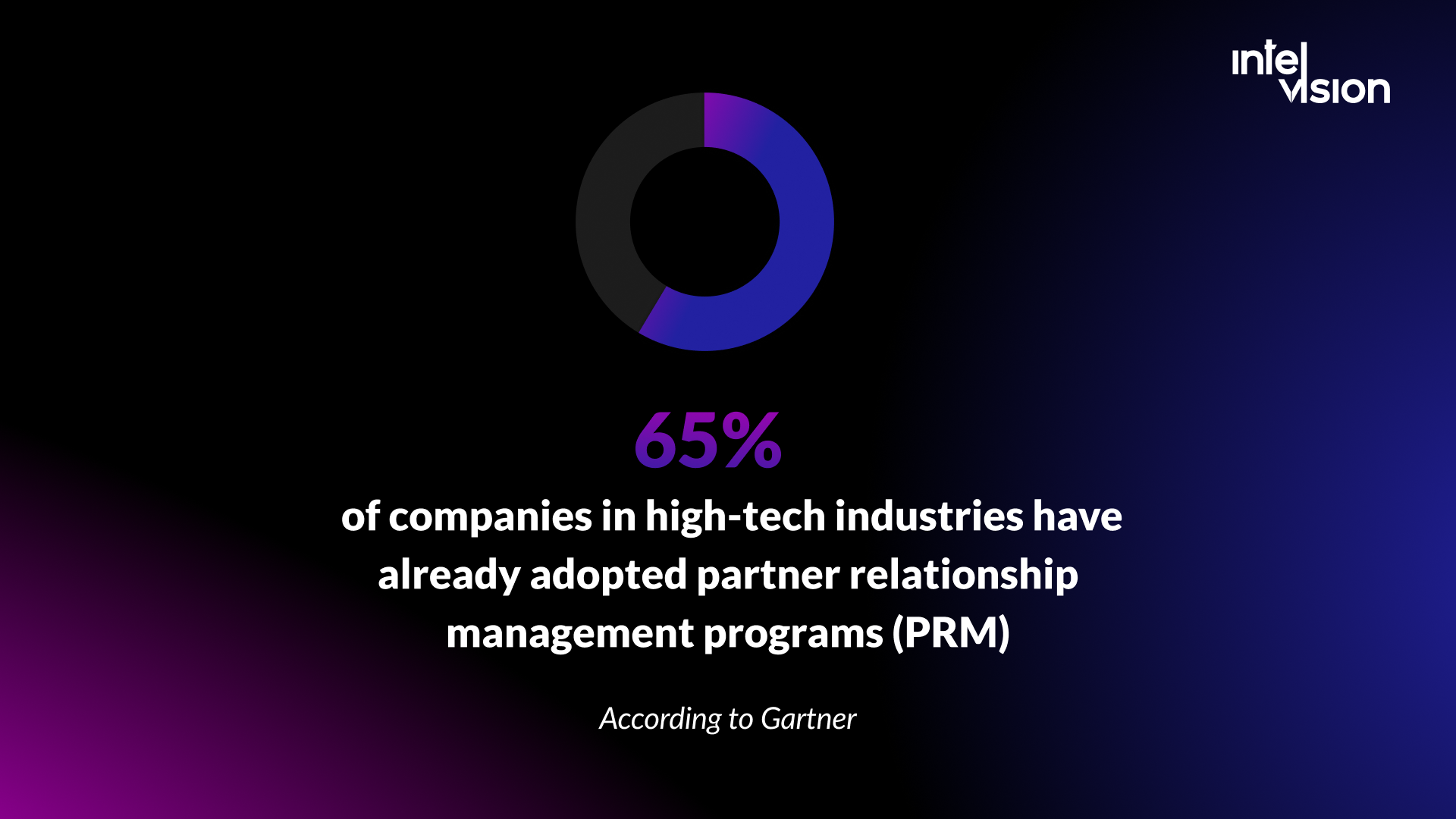

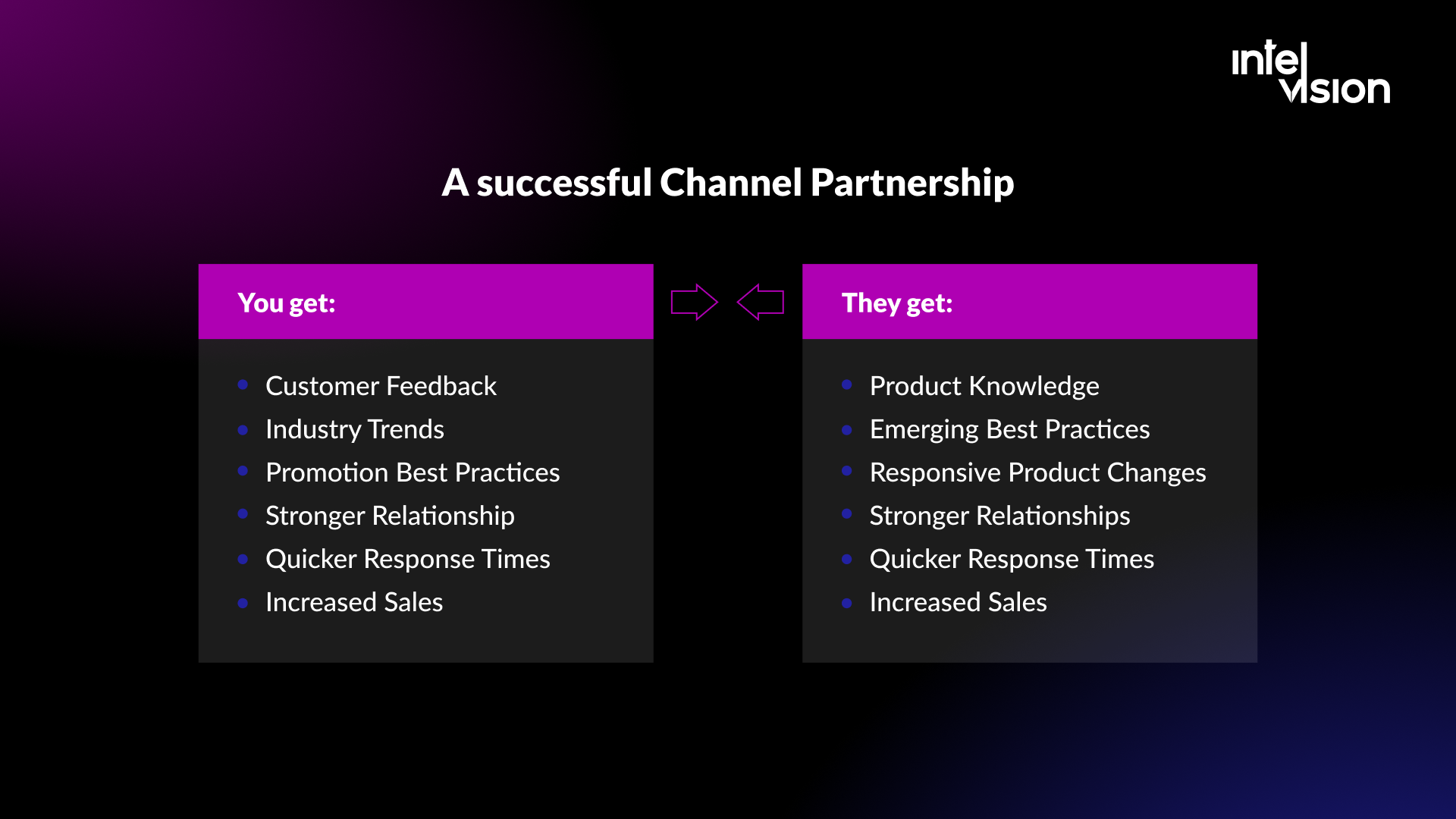
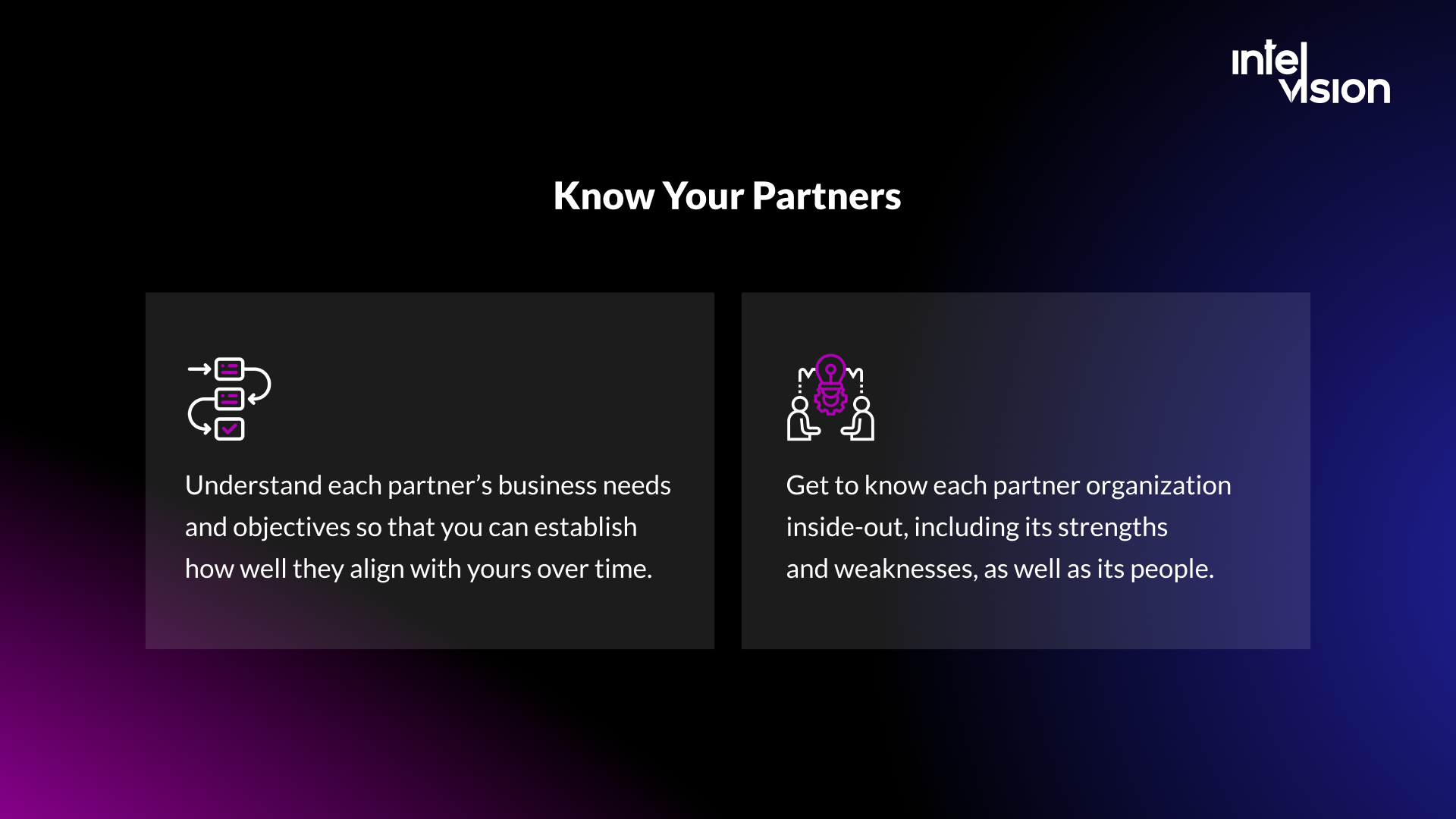
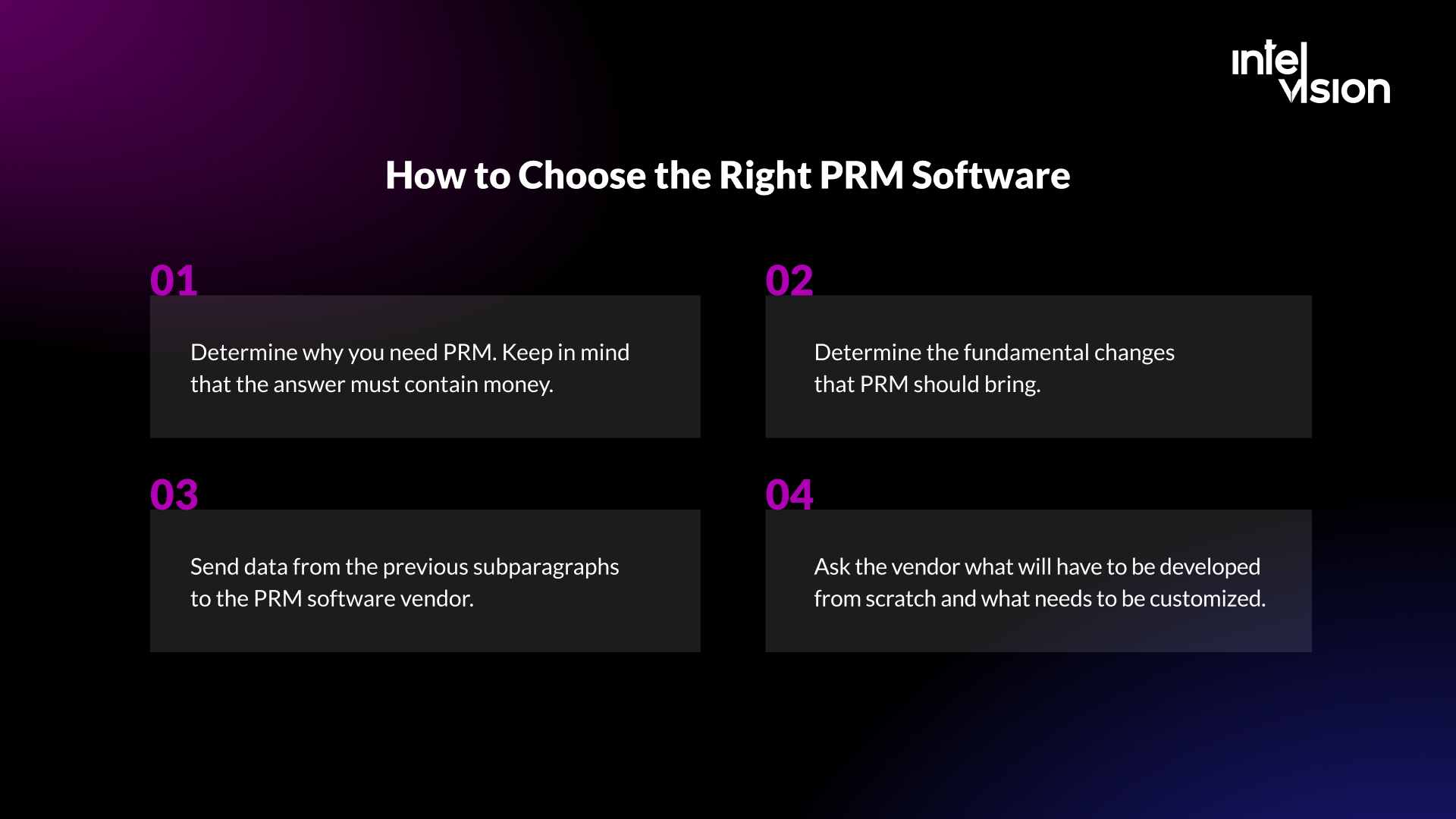

![$portfolio_img_mobile['title'] $portfolio_img_mobile['alt']](https://intelvision.pro/wp-content/uploads/2021/08/The-drive-ecommerce-development-project-1-350x328.png)

